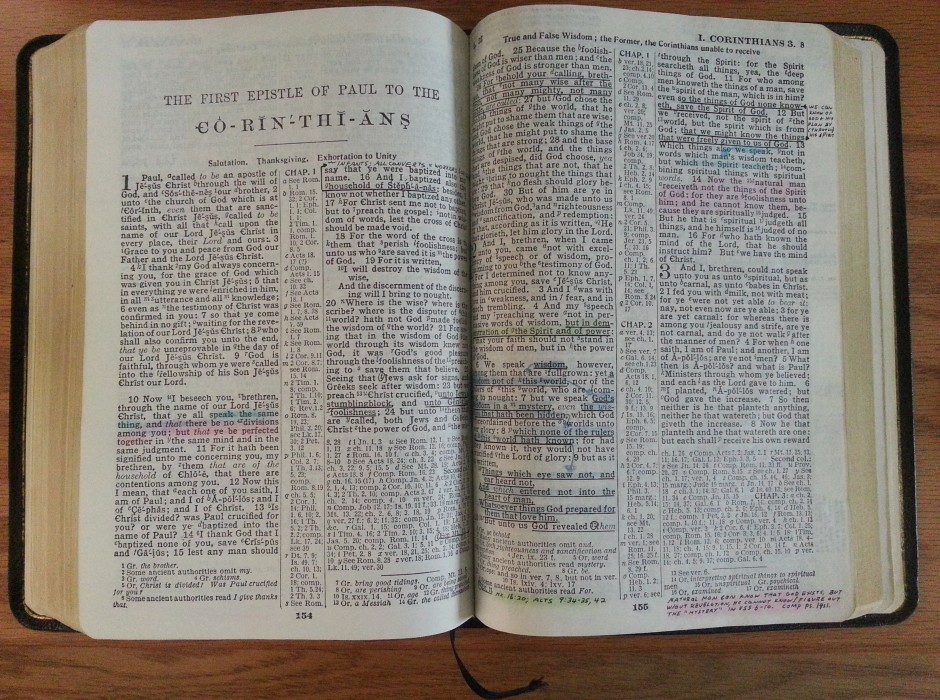You have heard it said, “If you are further from God, who moved?” In Ephesians 2:17, Paul says Jesus “came and preached peace to you who were far off” – that is, the Gentiles – “and peace to those who were near” – meaning the Jews. By virtue of God’s revelation through His prophets (most specifically Moses), the Jews were nearer to God than the Gentiles. But the rest of the passage reveals a new nearness to God made possible only through the ministry of Jesus.
Paul uses three metaphors to describe the new relational dynamic Jesus secured through his life, death, resurrection, and ascension. (This last work, the ascension, is important because it not only means Jesus now intercedes in heaven, but also that the New Testament apostles and prophets mentioned in v. 20 can fulfill their role in the growth of the infant church).
Paul first describes the Christian’s access in terms of citizenship within the kingdom of God. Unlike the physical kingdom of Israel, in which full privileges were granted only to those who could trace their lineage to one of the twelve sons of Jacob/Israel (cf. Ezra 2:59–63; Nehemiah 7:61–65), through Jesus, Jews and Gentiles alike are “fellow citizens” (v. 19).
Paul also calls Christians “members of the household of God” (v. 19). The household served as an important element of society in the first century. The patriarch, or male householder, held authority and influence over his wife, children, and any household servants. The metaphor Paul uses here implies God as Father, provider, protector, and authority figure. Elsewhere, Paul speaks of Jesus as the elder brother who offers individuals the opportunity to be adopted into God’s family and share in his inheritance (cf. Romans 8:15–17).
Finally, and perhaps most consequentially, Paul describes the church, the collective of Jewish and Gentile Christians, as “the holy temple” (v. 21) – “a dwelling place for God” (v. 22). Just as he had previously done for the Corinthians, whose hometown boasted several elaborate pagan temples, Paul speaks to a congregation situated close to an ancient wonder – the temple of Diana or Artemis (cf. 1 Corinthians 3:9–17). Even so, the primary point of reference in these verses is not pagan temples, but the Jerusalem temple, patterned after the Tabernacle. Within the Holy of Holies, God’s presence dwelled above the mercy seat (the outstretched wings of the cherubim carved in the cover of the Ark of the Covenant). Only the high priest could enter, and only once a year, to make sacrifices before God’s presence (cf. Hebrews 9:7). Through Jesus, the church now knows this deep relational intimacy with the Father by means of the Holy Spirit (v. 22).
How blessed we are to experience citizenship in God’s kingdom, membership in His family, and service as the building blocks of His spiritual temple!
Clay Leonard

